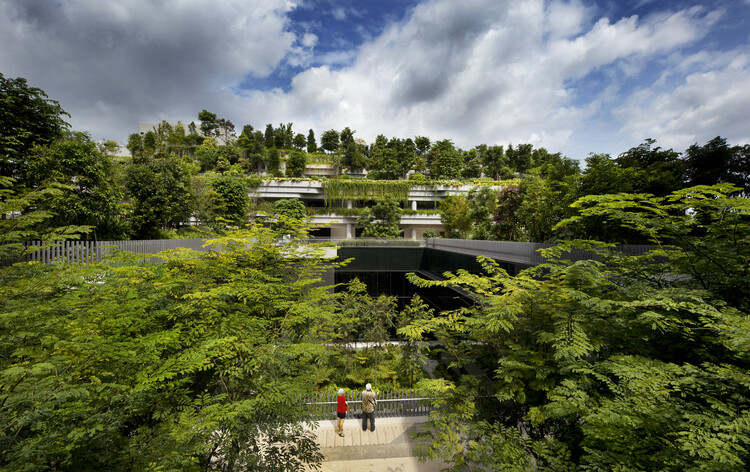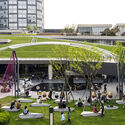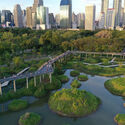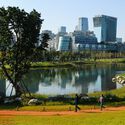 Kampung Admiralty / Ramboll Studio Dreiseitl + WOHA. Image Courtesy of WOHA
Kampung Admiralty / Ramboll Studio Dreiseitl + WOHA. Image Courtesy of WOHA
Share
Share
Or
https://www.archdaily.com/1031637/the-garden-city-movement-in-asia-evolution-and-modern-legacies
Ebenezer Howard’s verdant visions for cities have spread eastwards, far beyond his British roots. In the 1900s, city planning welcomed the Garden City Movement as a champion of good design – a response to Western industrial urbanization. Soon, Asian cities conceived their archetypes, juggling local constraints in climate and density. Designs and development, from colonial-era experiments to contemporary mega-projects, have embraced and reinvented Howard’s vision well into the 21st century.
In “To-Morrow: A Peaceful Path to Real Reform“, Howard proposed self-contained communities of 30,000 residents surrounded by agricultural green belts to integrate the benefits of city and country living. His vision articulated controlled growth, social reform, and environmental harmony. These principles would go on to resonate deeply with Asian planners facing rapid urbanization.





